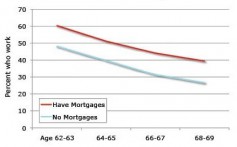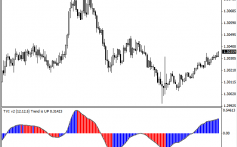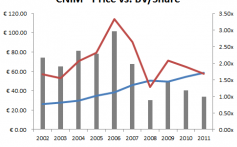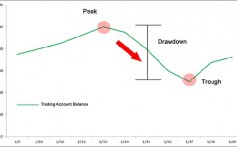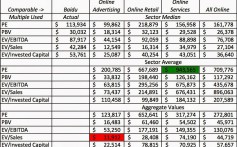Cap ETFs To Consider For 2014
Post on: 6 Июнь, 2015 No Comment
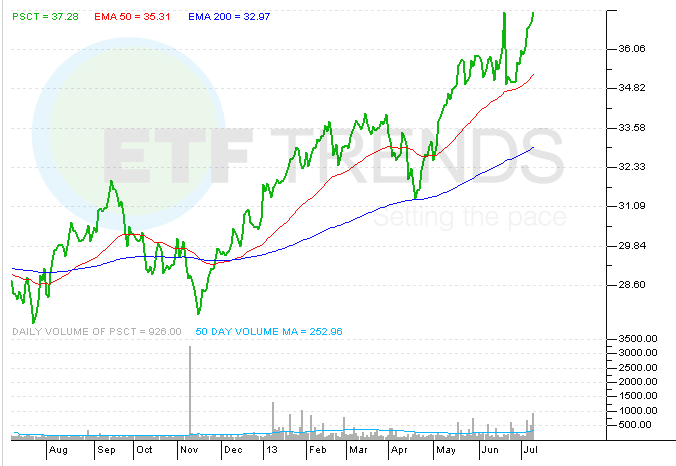
Introduction
As the Federal Reserve finally announced the tapering of asset purchases with a more optimistic projection for economic growth, it is time for investors to overweight stocks over dividend payers or bonds. From historical basis, small cap stocks have higher returns than their large peers and bonds over the long run.
Source: etfmarketpro.com
This is especially true during economic expansions. The following chart shows the comparison between Russell 2000 (yellow) and S&P 500 (NASDAQ:BLUE ) over past four years.
Small cap’s outperformance is well researched by many prestigious scholars. In Nobel Prize Laureate Eugene Fama’s famous paper common risk factors in the returns on stock and bonds . he shows that small cap value stocks have the best return .
Popular way to invest in small cap stocks
Nowadays, the most popular way of investing in small cap stocks is to buy related index funds. In fact, David Booth. the founder of Dimensional Fund Advisors and pioneer of index investing, started out with building small cap index fund. Ever since then, small cap stocks became a new asset class to investors. So index funds look like the right way to invest in small cap stocks. The major question is: which one to follow?
In my opinion, before we jump straight into some popular index funds, it is better to choose the right benchmark to follow. Otherwise, investors would likely make suboptimal decisions right in the beginning.
Russell 2000 is popular but how about others?
The most popular small cap stock index is the Russell 2000 and related index ETF is IWM (NYSEARCA:IWM ) by Blackrock. However, there are some less known indices available such as the S&P 600, Dow Jones U.S. Small Cap Total Stock Market Index, MSCI 1750 and other proprietary indices. In my opinion, the more selective S&P 600 is the better benchmark to follow.
The most obvious difference between the Russell 2000 and the S&P 600 is of course the number of constituents in each of index. However, the number of constituents is not sufficient to distinguish between the two benchmarks, so I will go ahead to present the sector breakdown for the two indices.
Sector Breakdown
Russell 2000:
S&P 600:
From these two screenshots above, there are not too many differences between sector weights, so I will go ahead to explore some more. As Fama pointed out, the one with more attractive valuation outperforms in the long run, so I believe it is a good idea to go over some important metrics.
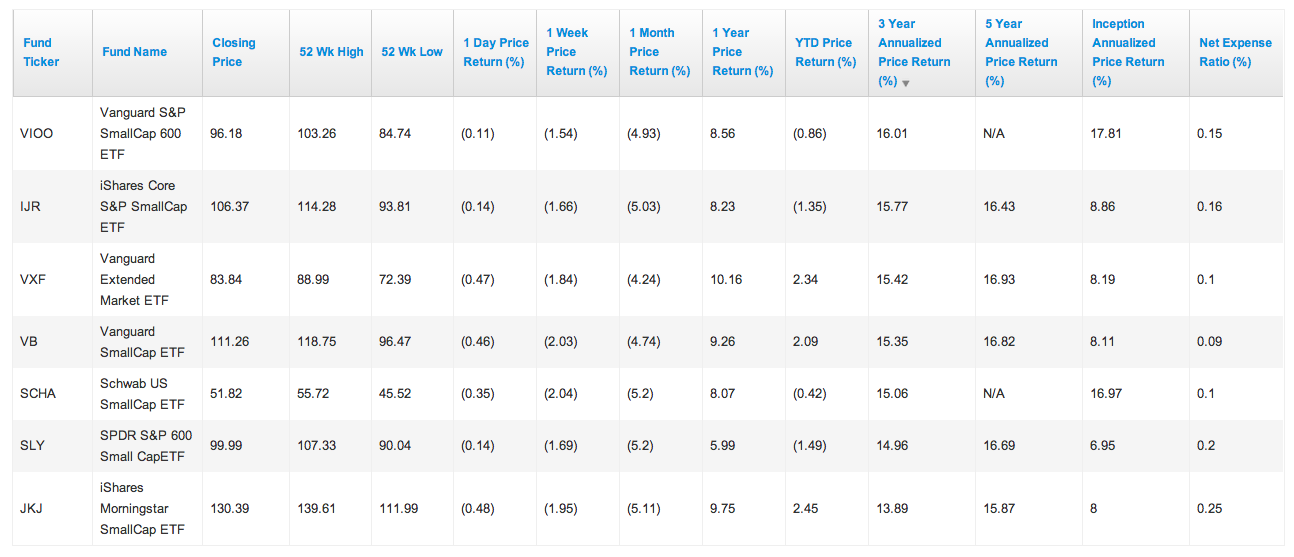
Russell 2000 metrics:
S&P 600 metrics:
As shown in the screenshots, the S&P 600 simply has a better Price/earnings ratio, Return on equity and slightly better Earnings growth rate, it is natural to believe S&P 600 is more attractive than the Russell 2000. Not surprisingly, the attractiveness of the S&P 600 reflected on the YTD performance as well.
Chart: Russell 2000 vs. S&P 600 (red)
One year of outperformance is simply not enough, so I will present the return comparison since inception of the S&P 600 index.
Source: spindices.com
The performance between December 2009 to December 2013
Interestingly, Standard and Poor’s also recognizes that it has done a better job. This report presents its own analysis of the S&P 600’s outperformance. This following screenshot offers the major methodology differences between the two indices.
Based on the information above, the Russell 2000 is an excellent index, but the S&P 600 is just slightly better.







